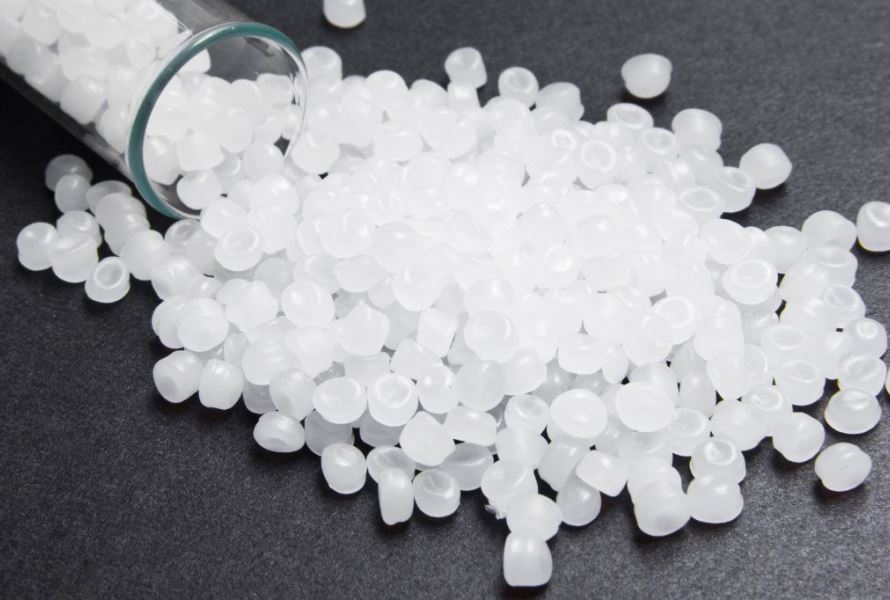Polyethylene, often abbreviated as PE, is one of the most versatile and widely used plastics globally. Its applications span from everyday household items to complex industrial uses, making it a cornerstone of modern material science. In this article, we’ll delve into the world of polyethylene, exploring its properties, diverse applications, and the reasons behind its ubiquitous presence.
1. What Is Polyethylene?
Polyethylene (PE) is a polymer made from the polymerization of ethylene monomers. This process creates long chains of carbon atoms, with hydrogen atoms attached, forming a simple yet incredibly flexible structure. The simplicity of its chemical composition contributes to its versatility and widespread use.
PE is classified into several types based on its density and branching structure:
– Low-Density Polyethylene (LDPE): Known for its flexibility and toughness, LDPE is commonly used in plastic bags, containers, and squeeze bottles.
– High-Density Polyethylene (HDPE): With a more rigid and dense structure, HDPE is used in products like milk jugs, detergent bottles, and piping.
– Linear Low-Density Polyethylene (LLDPE): This type combines the properties of LDPE and HDPE, offering strength and flexibility, and is used in film applications like plastic wrap and stretch film.
– Ultra-High-Molecular-Weight Polyethylene (UHMWPE): Known for its exceptional strength and durability, UHMWPE is used in high-performance applications like bulletproof vests and medical implants.

2. Properties Of Polyethylene
The properties of polyethylene make it an ideal material for a wide range of applications:
– Durability: PE is highly resistant to impact, making it suitable for products that need to withstand rough handling.
– Chemical Resistance: This plastic is resistant to a wide variety of chemicals, which makes it useful in packaging for household chemicals and industrial products.
– Low Moisture Absorption: This helps in maintaining the integrity of products exposed to humidity and water.
– Flexibility: LDPE and LLDPE are particularly noted for their flexibility, which is beneficial in applications requiring pliable materials.
– Ease of Processing: PE can be easily molded and extruded into various shapes and forms, facilitating its use in different manufacturing processes.
– Electrical Insulation: It is an excellent insulator, making it ideal for use in electrical and electronic applications.

3. Applications Of Polyethylene
Its versatility is reflected in its numerous applications across various industries:
3.1. Packaging
– Plastic Bags: LDPE is widely used in the production of plastic bags, which are essential in grocery stores and retail outlets.
– Containers and Bottles: HDPE is used for making durable containers and bottles for milk, juice, detergents, and other liquids.
– Shrink and Stretch Films: LLDPE is used to produce films that are used for packaging food products and securing pallet loads.

3.2. Construction
– Piping: HDPE pipes are used extensively in water supply, sewage systems, and gas distribution due to their strength and resistance to corrosion.
– Geomembranes: Used in lining landfills and water containment areas, geomembranes made from polyethylene provide a barrier to prevent contamination.

3.3. Consumer Goods
– Household Items: Many everyday products such as kitchenware, toys, and garden furniture are made from polyethylene due to its durability and safety.
– Clothing: UHMWPE fibers are used in making bulletproof vests and high-strength ropes.
3.4. Medical
– Prosthetics and Implants: The biocompatibility and durability of UHMWPE make it suitable for use in medical implants such as hip and knee replacements.
– Medical Packaging: PE’s chemical resistance and low moisture absorption make it ideal for sterile medical packaging.
3.5. Automotive
– Fuel Tanks: HDPE is used in manufacturing fuel tanks due to its resistance to chemical degradation.
– Components: Various car components, including bumpers and dashboards, are made from polyethylene due to its impact resistance and light weight.

3.6. Agriculture
– Greenhouse Films: LDPE is used to make greenhouse films that help in regulating temperature and humidity for plant growth.
– Irrigation Systems: PE pipes and fittings are extensively used in agricultural irrigation systems.
4. Conclusion
PE’s incredible versatility, durability, and wide-ranging applications have solidified its place as a fundamental material in modern life. From simple plastic bags to high-performance medical implants, its unique properties enable it to meet diverse needs across various industries. Its ease of processing, chemical resistance, and adaptability make it an indispensable material in manufacturing and daily use.
As technology and material science advance, the development of new PE grades and composites will likely expand its applications even further, continuing to impact our world in significant ways. Whether in packaging, construction, consumer goods, or medical applications, polyethylene’s role as a wonderful plastic is well-deserved and ever-evolving.
5. About EuP Egypt
EuP Egypt is the best company to have the PE filler masterbatch for polyethylene products containing calcium carbonate or other fillers in a PE carrier resin. It reduces costs and enhances properties. like mechanical strength and thermal stability, used in films, sheets, pipes, and injection-molded items, EuP Egypt is part of EuP, the world’s leading filler masterbatch manufacturer. With 17 years of continuous growth, EuP Egypt is proud to offer high-quality and cost-effective solutions to plastic manufacturers. Discover more about our PE filler masterbatches.





